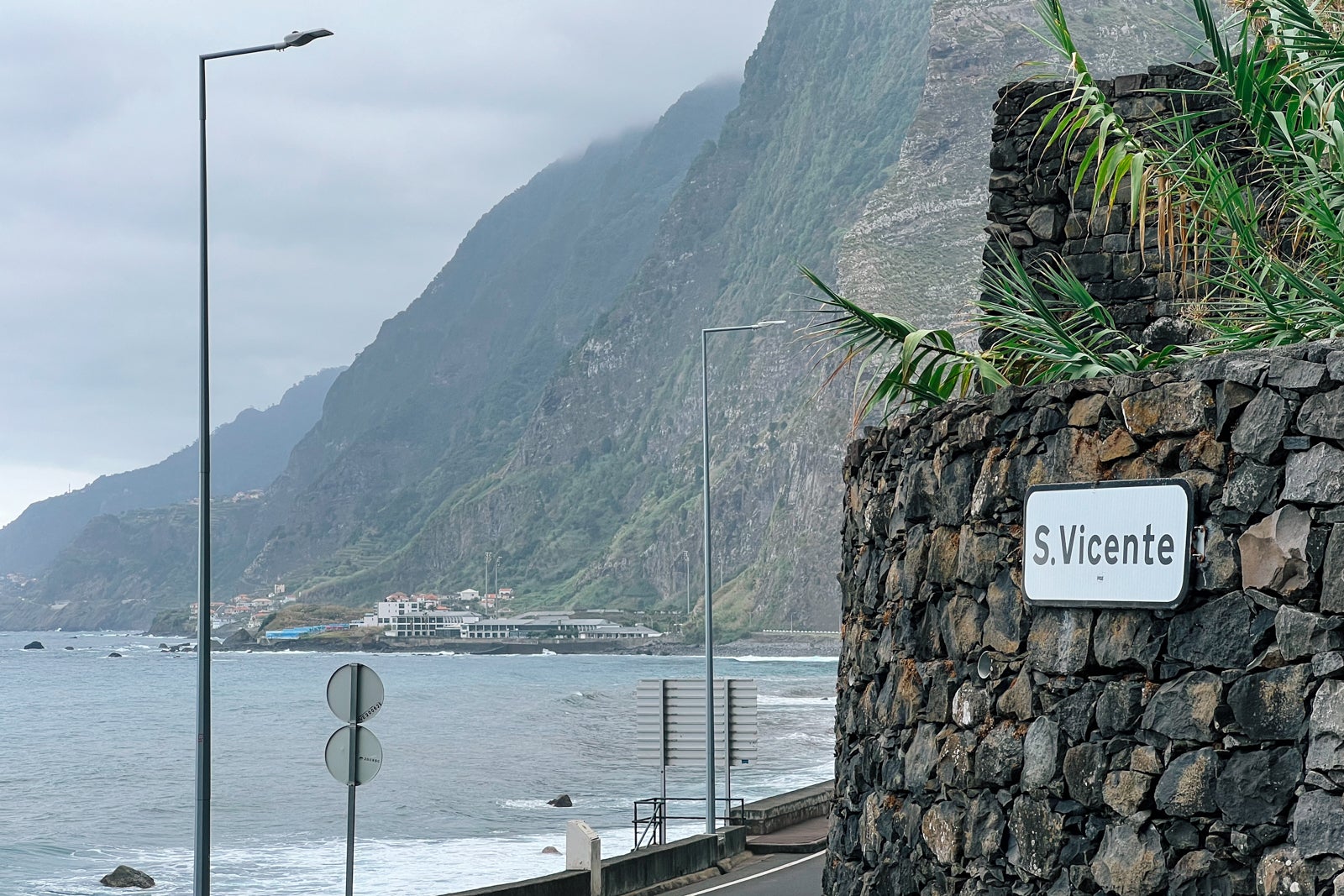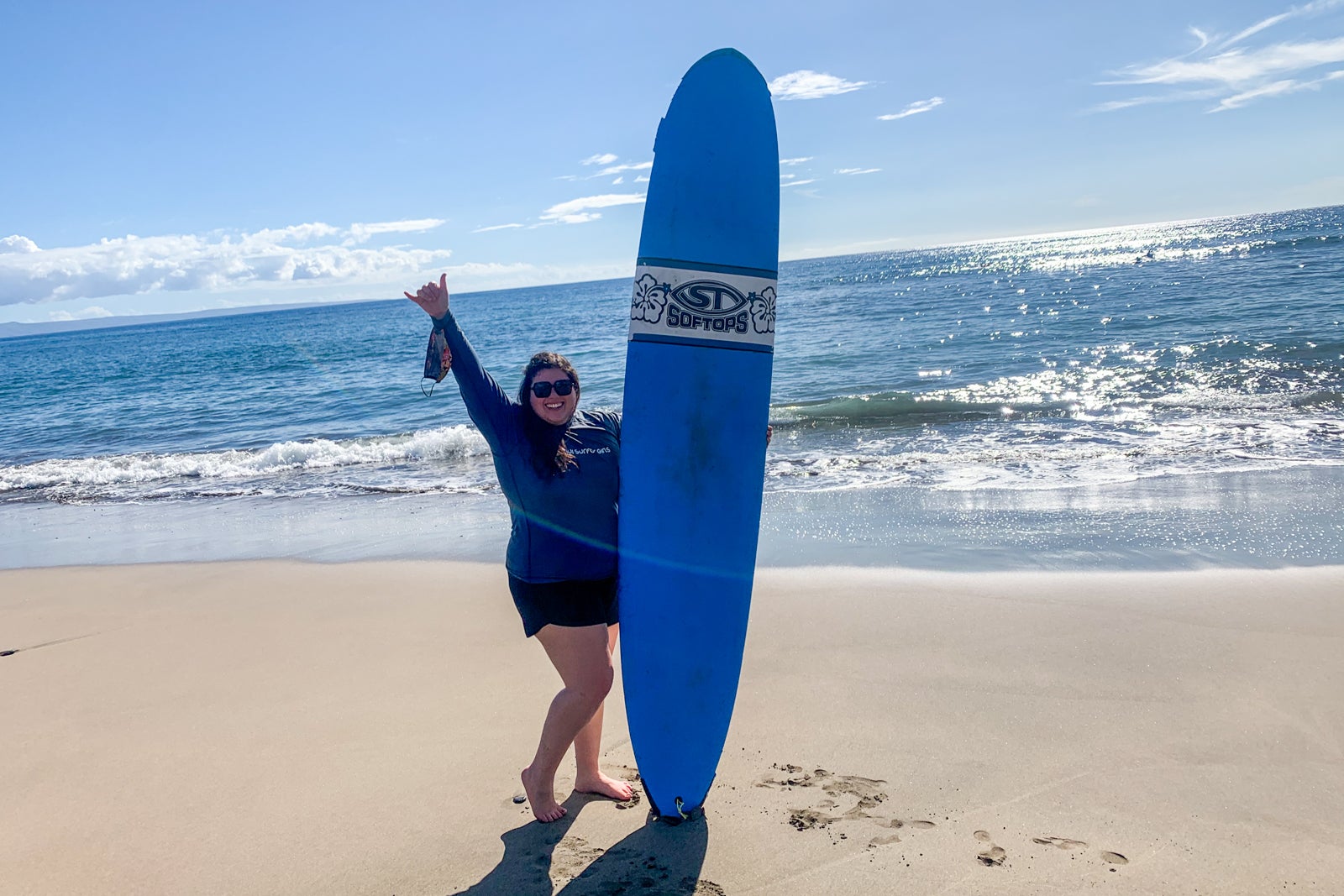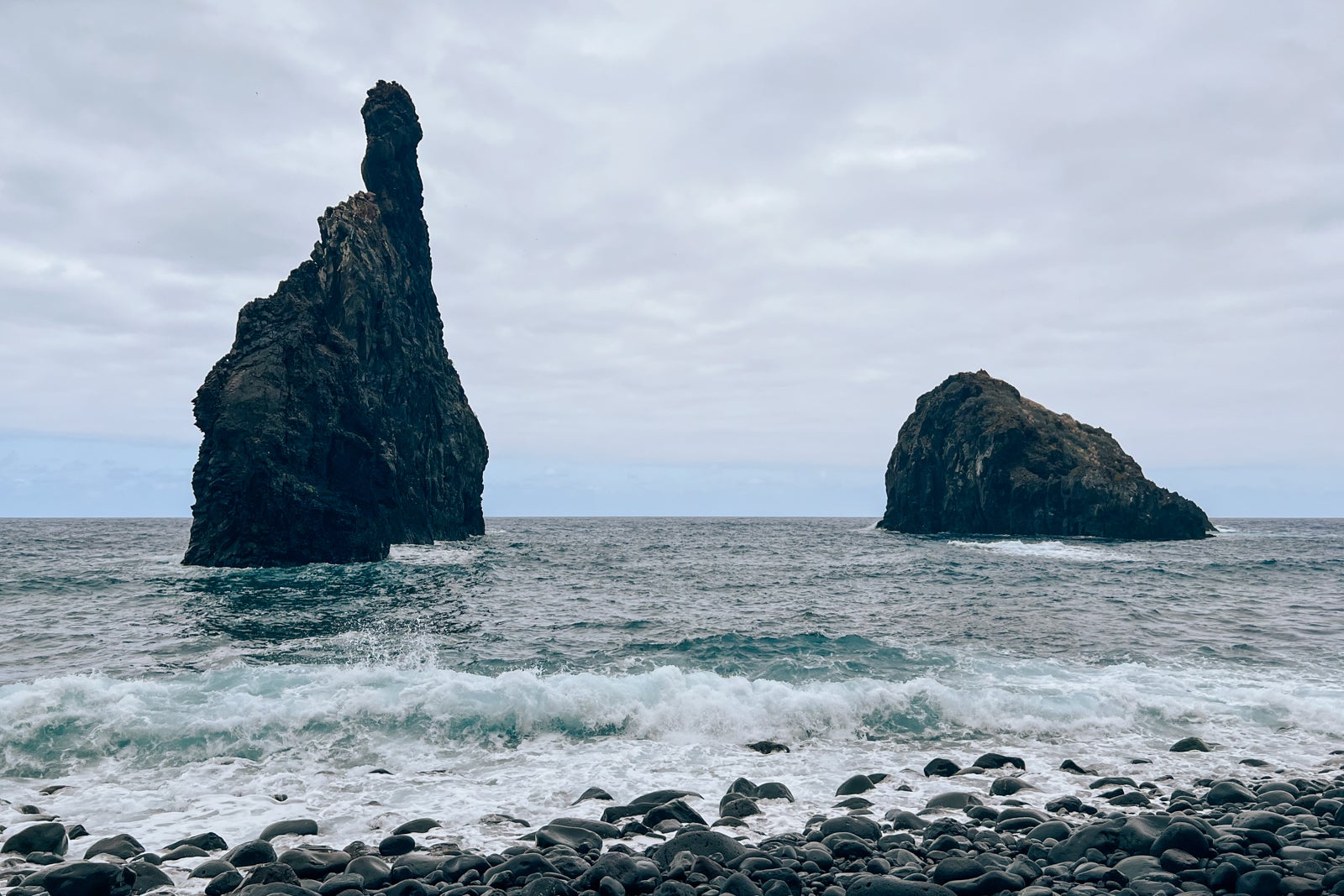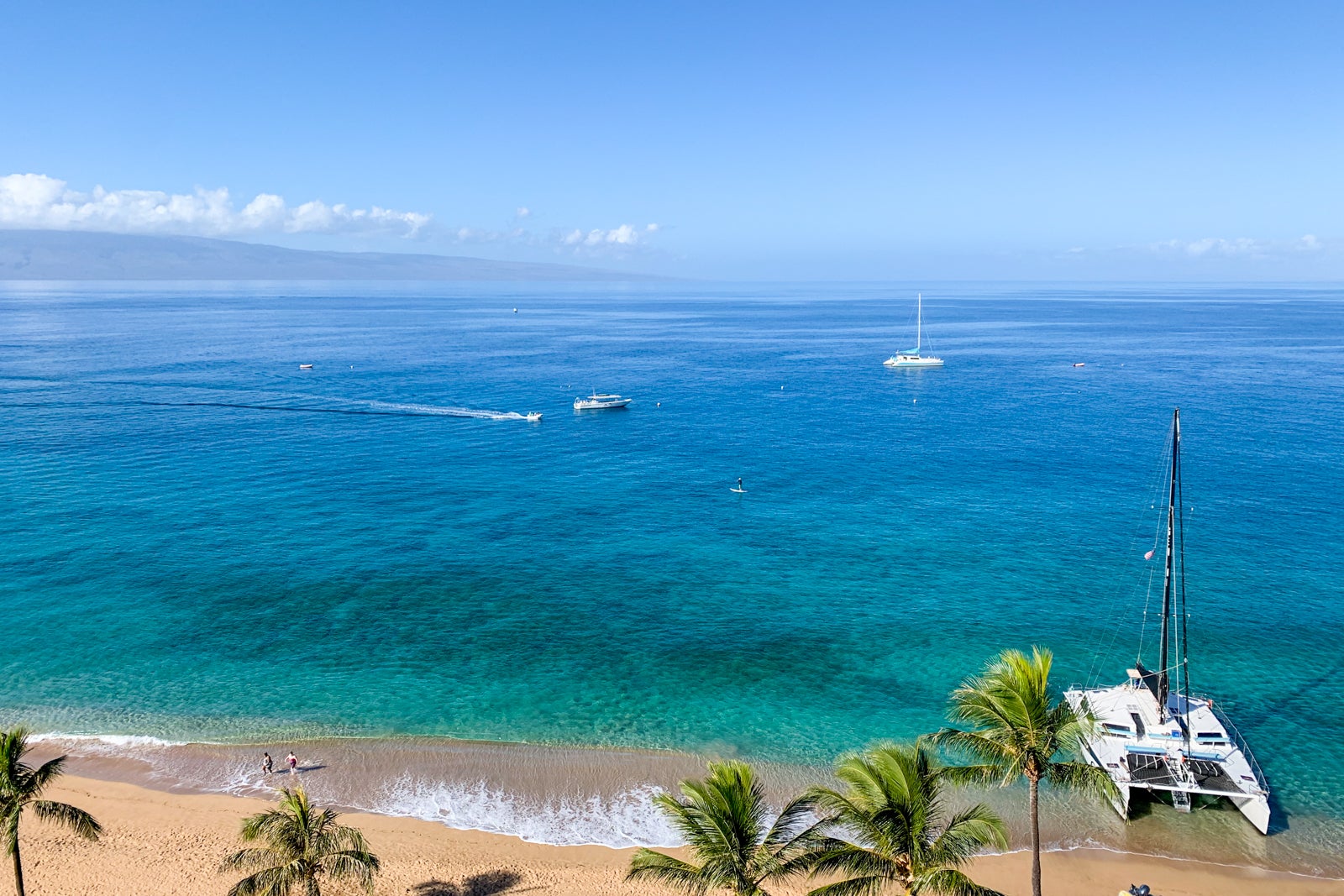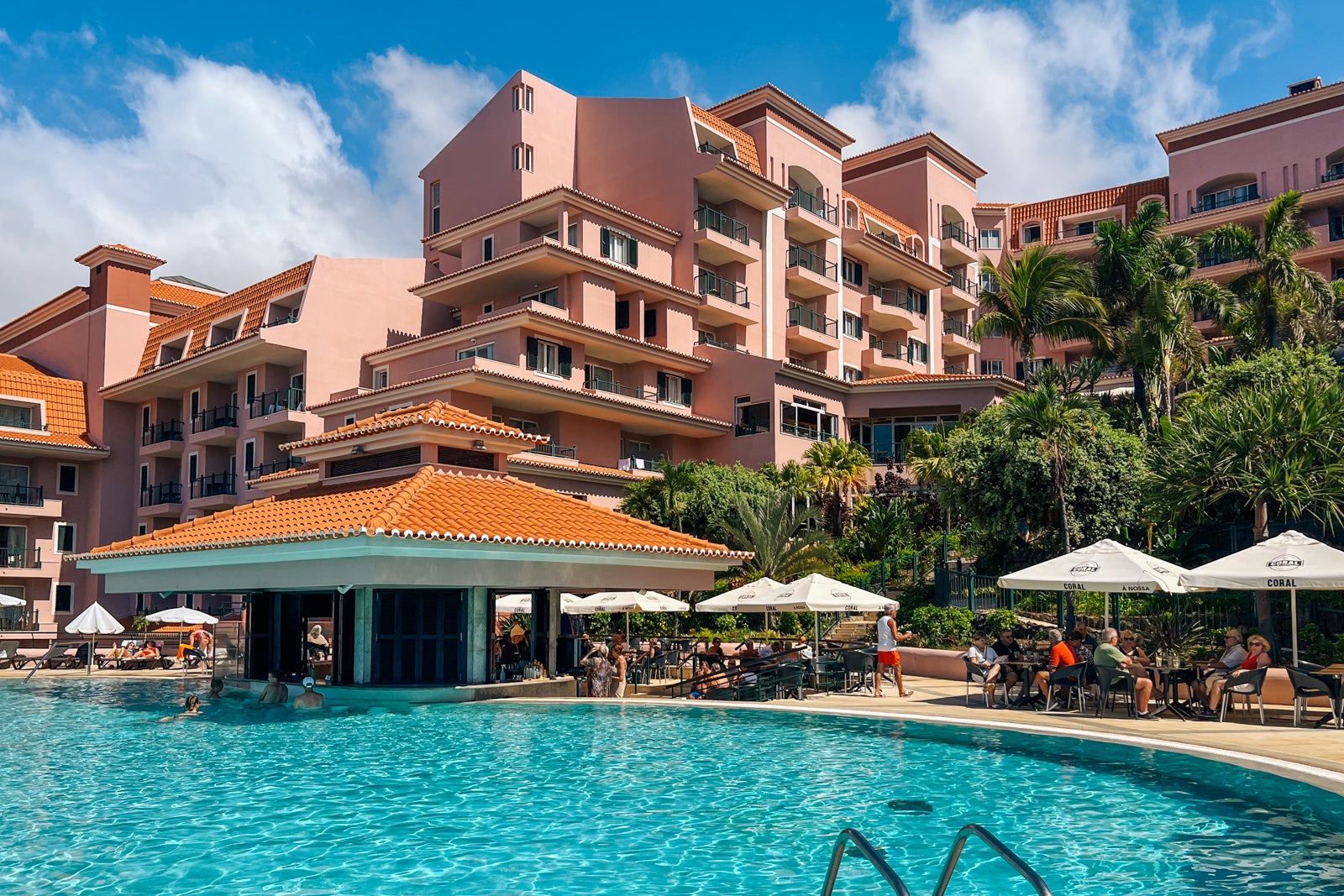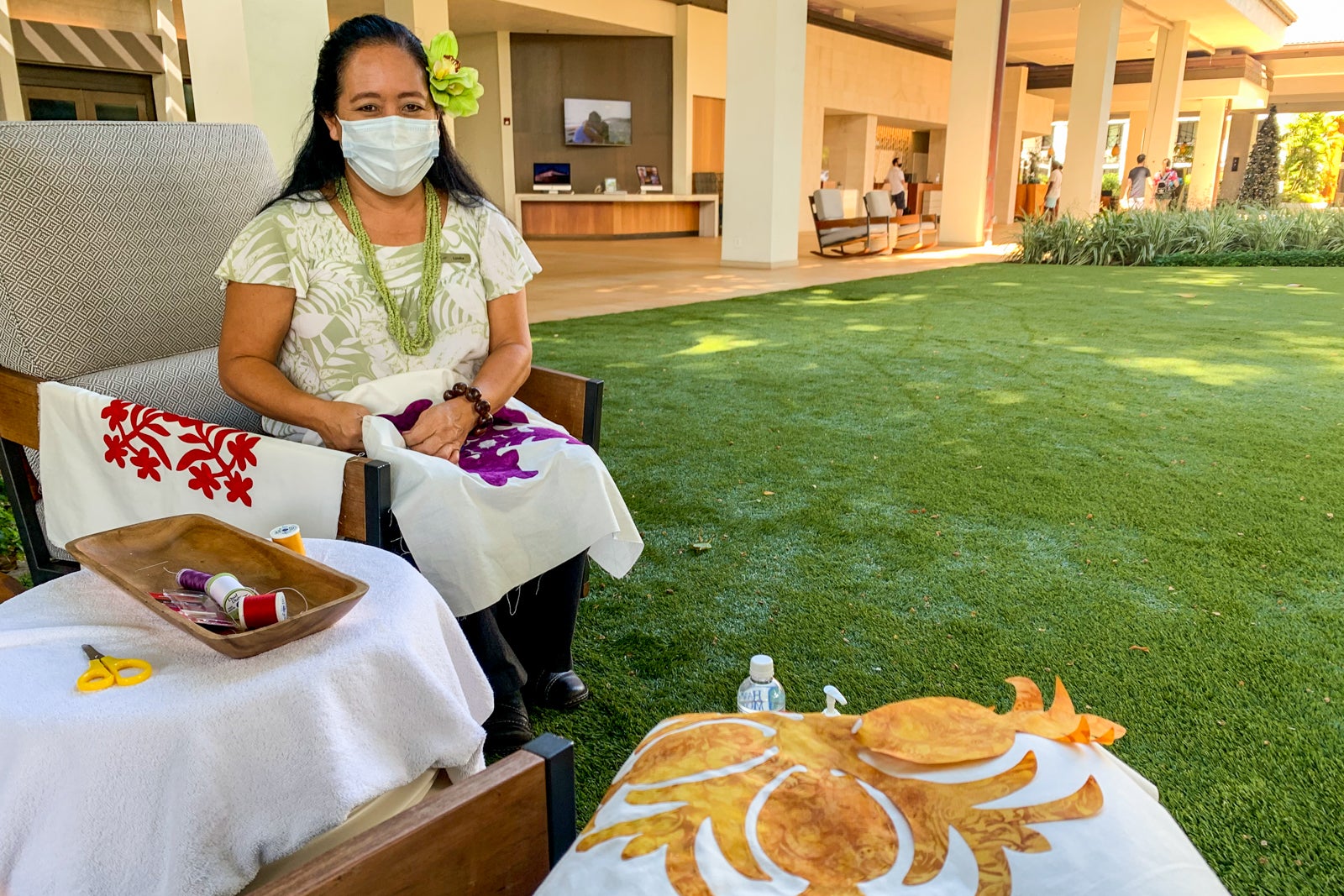Destination dupes are far from a novel concept. Travelers have always sought ways to avoid crowds and be the first among their friends to “discover” a new place. But recently, social media platforms have breathed new life into travelers’ efforts to find budget-friendly alternatives to expensive hot spots. Posts highlighting the similar vibes between lesser-known destinations and popular ones have become commonplace on platforms like TikTok and Instagram.
Madeira, a Portuguese island in the Atlantic, has gone viral in the past few years on TikTok and other social media platforms, with travel influencers describing it as “the Hawaii of Europe.” The Portuguese island is a relatively popular holiday spot for other Europeans, but Madeira has seen a recent uptick in American travelers. The island saw a 30.8% increase in U.S. visitors in the first half of 2024 compared to the first half of 2023, according to the Regional Directorate of Statistics of Madeira, partially thanks to social media’s claim that it’s a dupe for the Hawaiian Islands.
As someone who has now spent time in both Hawaii and Madeira, I’m here to set the record straight: TikTok, it’s time to stop calling Madeira a dupe for Hawaii.
Why Madeira is called ‘the Hawaii of Europe’
I will admit there are some similarities between the two destinations.
Madeira and the Hawaiian Islands were created by volcanic activity millions of years ago, resulting in similar landscapes. If you look at video footage of Madeira and Hawaii, you’ll see commonalities: crystal-blue waves that crash into imposing cliff sides, colorful greenery and flowers, and cityscapes that fade into untouched nature as you look toward the mountains that rise out of the center of the islands. Based on photos and video footage, I can understand why TikTok dubbed Madeira the “Hawaii of Europe.”
1 of 2
Seixal, Madeira. MADISON BLANCAFLOR/THE POINTS GUY
Each is part of a larger country (Madeira is a Portuguese island; Hawaii is a U.S. state), and comes with all the associated benefits and drawbacks. Travelers benefit from using a more versatile currency (euros in Madeira, U.S. dollars in Hawaii) and infrastructure that a larger economy can fund.
Both offer a wide range of activities for outdoor and adventure enthusiasts: whale- and dolphin-watching tours, surfing, dozens of beautiful hikes for all activity levels, snorkeling and scuba diving, off-roading tours, and more.
Both are similar distances from their respective closest U.S. coast: Madeira is a six-hour flight from the East Coast of the U.S. Hawaii is around the same distance from the West Coast of the U.S. Hawaii is undoubtedly more accessible from the U.S., with direct flights offered on multiple airlines from a variety of U.S. mainland airports, but you can also get to Madeira directly from the East Coast on Azores Airlines.
However, despite these cosmetic similarities, Madeira is not a great alternative if you’re dreaming of a Hawaiian vacation.
Daily Newsletter
Reward your inbox with the TPG Daily newsletter
Join over 700,000 readers for breaking news, in-depth guides and exclusive deals from TPG’s experts
Why I don’t think Madeira is a Hawaiian destination dupe
I do want to preface this by saying I adored Madeira.
Funchal, the largest city on the island, is walkable and charming. There’s something for everyone, including opportunities to learn about Madeiran history and culture, popular hiking and surf spots, resorts where you can chill out poolside, and plenty of water activities from scuba diving to dolphin watching to stand-up paddleboarding. The people I met — both locals and fellow tourists — were kind and welcoming. I had an incredible time, and I’m already planning to return.
That said, I maintain that it’s not a dupe for the Hawaiian Islands.
1 of 5
There’s something for just about everyone in Madeira. MADISON BLANCAFLOR/THE POINTS GUY
They have differing climates
When I looked up the projected temperatures for my trip to Madeira, I was shocked to see the highs in the upper 60s and low 70s. It turns out that while the temperatures may not be as high as you might expect for a subtropical destination, the humidity in Madeira more than makes up for it.
The combination of the sunshine and humidity was a little stifling, especially for someone who foolishly packed for what I expected a 70-degree New York City day to feel like. Let me tell you, 70 degrees in New York City is not the same as 70 degrees in Madeira.
It gets cooler up in the mountains when you’re hiking or visiting some smaller villages nestled between the peaks, but you don’t escape the humidity. Even when it’s chilly, the air has a dewy quality.
Hawaii, on the other hand, is a bit warmer but with a lower humidity level. Hawaii climates do change a bit, depending on which island you’re on (the Big Island and Oahu tend to be slightly warmer than Maui and Kauai, with Lanai and Molokai falling somewhere in between), but even December temperatures on Maui were warmer than the hottest days during my September visit to Madeira. Still, with the lower humidity in Hawaii, I probably sweat more while I was out and about in Madeira.
Related: The best time to visit Hawaii for good weather, smaller crowds, deals and more
The different climates also contribute to different water temperatures. Even in December, Hawaiian waters were comfortable to swim in. I wore a rash guard while surfing for protection from the sun (and reefs, since I knew I would fall a lot my first time on a surfboard), but the water was warm enough to forgo the added layers.
By contrast, the water that surrounds Madeira was a bit chilly. I was able to enjoy swimming in the ocean off the southern coast and in the lava pools at Seixal along the northern coast, but it took a few minutes after the first shock of jumping in for my body to acclimate to the water, and I wasn’t able to stay in for longer than 20 minutes without getting rather cold. Even swimming in the pools at the two resorts I visited in Madeira was only enjoyable for a short time.
Madeira has warm summers and mild winters — August typically has the hottest days, and September generally has the warmest ocean temperatures. During sunny summer days, I’d describe the water as refreshingly cool, but on overcast days (we had more than one during my mid-September trip), you might not want to be in the water for very long.
Hawaii has more accessible beaches
Perhaps contrary to expectation, Madeira’s coastline isn’t dotted with dozens of sand beaches. That isn’t to say that Madeira doesn’t have any beaches at all — there are some beautiful beaches like Ribeira Brava or the black sand beach in Seixal. But many of Madeira’s beaches — especially near Funchal, where most tourists stay — are rocky. I saw plenty of people who laid out towels on the rocks and waded into the water, but it was far from the stereotypical beachside vacation scene with umbrellas propped in the sand and lounge chairs for comfortable sunbathing.
Hawaii also certainly has areas where the shore is rocky and waves crash against volcanic cliffs, but sand beaches are very common, too. Oahu alone has over 130 beaches along its shoreline.
If your vacation plans include laying out by the beach and digging your toes in the sand, it’ll be harder (though possible) to accommodate that wish in Madeira than in Hawaii.
Madeira is more affordable
One of the more surprising aspects of my trip to Madeira was how affordable things were, especially given that I am used to New York City prices. Compared to the sometimes astronomical prices in Hawaii, Madeira can definitely be a more budget-friendly option (especially for those traveling from the East Coast, who have more expensive flight prices to Hawaii than West Coasters).
Even the most expensive hotels and resorts in Madeira, such as Reid’s Palace and Savoy Palace, generally won’t cost more than $850 per night even during peak travel periods. In fact, I stayed two nights at Savoy Palace in September for under $450 per night booking through Capital One. Most of the resorts on the island fall closer to the $200-$300 per night range. Hawaii does offer a wide range of hotel and resort options, depending on your budget and which island you’re visiting, but the more popular resorts can easily top $1,000 per night on peak travel dates.
Beyond the cost of accommodations, general expenses are also more affordable in Madeira. A beachside meal for two people at a local restaurant in Madeira that included two ponchas (a traditional Madeiran cocktail) and two entrees cost less than 40 euros ($44). Even our most expensive meal at Savoy Palace — which included two cocktails, an appetizer, two entrees and two side dishes — was only around 100 euros ($110) in total. A meal in Hawaii can easily run $40 per person even at casual dining spots, especially in popular tourist areas.
Tours were also relatively inexpensive. We took an all-day small-group tour of the northwestern region of Madeira for less than $90 per person and a three-hour dolphin-watching tour on a luxury catamaran for only $70 per person; similar tours in Hawaii can easily run $150-$200 (or more) per person.
Even my trip to a local pharmacy in Madeira for some allergy medication was only 8 euros ($9), something that would likely have cost closer to $18 in the U.S.
Hawaii has more points hotel options
While Hawaii might be more expensive than Madeira, there are more options to save money by using points on your hotel stay. Hawaii has no shortage of great hotel options for those looking to use points to save money or leverage elite status for additional benefits, from Mauna Kea Beach Hotel on the Big Island to the Andaz Maui.
The opposite is true of Madeira. As of September, Madeira had zero points hotels. Marriott has Homes & Villas properties you can book with points, but when I planned my trip, no hotels were associated with the major loyalty programs (Hilton, Marriott, IHG, Accor, Hyatt).
The Portuguese hotel chain Pestana is headquartered in Funchal and has many properties in Madeira. However, most Americans likely don’t have a stash of Pestana points on hand, given its limited footprint in the U.S. and the fact that it’s not a transfer partner of any U.S. card issuer.
There is good news for Hyatt loyalists: Dreams Madeira Resort, Spa & Marina, an all-inclusive Hyatt property, is expected to open later in October. But the property is situated at the island’s eastern tip, making it a bit out of the way for travelers hoping to spend time in Funchal or western Madeira (especially for those who aren’t renting a car).
The lack of points hotels is a double-edged sword. Points are harder to use in Madeira, which is a bummer. However, it does mean Madeira has many smaller boutique hotels. As much as I love a good points hotel, locally owned boutique hotels offer a great way to support local business owners while getting a more intimate experience than a global chain can provide.
Plus, if you have a card like the Capital One Venture X Rewards Credit Card, you can always redeem Capital One miles for 1 cent apiece to book any property.
Differing levels of cultural expression
Every destination has its unique culture, so this is an argument you could make about almost any destination the internet claims is a dupe of another. (And a fair critique of the entire concept of a destination dupe.)
However, some connections exist between modern Hawaiian and Madeiran cultures due to immigrants moving from Madeira to Hawaii in the 1800s to work on sugar cane plantations. The iconic Hawaiian ukulele, for example, was inspired by the Portuguese braguinha brought over during this period. But there are also many differences, particularly in how that culture shows up in the tourism industry.
I found that Hawaii’s culture was more integrated into the tourism experience than Portuguese culture was in Madeira. Native Hawaiian culture is everywhere you look: hula, luaus, leis, a sacred connection to and protection of the land and surrounding waters. And it’s a privilege for tourists to experience those pieces of Hawaiian culture. The Hawaii tourism board even has the Malama volunteer program, which encourages visitors to give back to the land and the local communities through volunteer opportunities with local organizations.
Both before and after the U.S. annexed the once-independent Hawaiian Islands in 1893, there was a forced decline in the observance of many of the cultural traditions that are now revered parts of any Hawaiian vacation, and the Hawaiian language was almost lost. Hawaii still struggles with the consequences of annexation and dependence on tourism, but Hawaiians have fought hard to bring Native Hawaiian culture back into everyday life — something that is clear to anyone who visits the Hawaiian Islands.
While Madeira has its own beautiful culture, it was harder to experience and learn about it unless you went out of your way to look for it. That’s certainly a shame given the parts of Maderian history and culture I was able to learn about — one of our tour guides was incredibly knowledgeable about Madeiran history and we made sure to try out some of Madeira’s traditional dishes like scabbardfish — were beautiful. If you travel to experience culture, this is something to consider when deciding between the two destinations.
Bottom line
No, I don’t think you can accurately claim Madeira is a “dupe” for Hawaii. However, Madeira is still certainly worth visiting. The weather is great, the people are very welcoming, and it’s relatively affordable. I loved my time there, and I’m already plotting a return trip to explore more of the island.
There’s an argument to be made that there’s no such thing as a true destination dupe. What makes up a destination is too nuanced, including the history, culture, climate, people, location and food. Every place has its unique combination that’s impossible to replicate elsewhere.
But I understand travelers have always and will continue to search for less-crowded and inexpensive alternatives to popular destinations. While I’m not sure anyone can convince me there’s an adequate dupe for Hawaii, I am certain the answer is not Madeira (sorry, TikTok).
Related reading:

